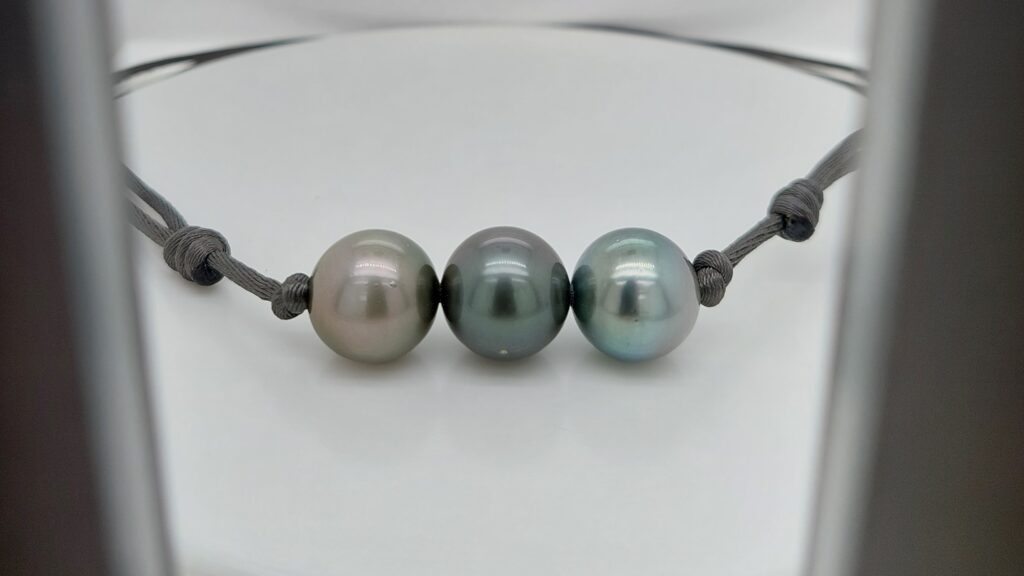What is Tahitian Black Pearl?
Black pearls are stunning and, unlike their white counterparts, carry an air of mystery. This allure has made them highly sought after, particularly in the jewelry market.
However, their cultivation process and history are not widely known. Therefore, we’ve decided to provide you with a brief history lesson on black pearls. Let’s dive in.
THE HISTORY OF BLACK PEARL GEMS
Black pearls were not as highly valued in the past as they are today. In fact, they are absent from historical writings dating back to medieval times. The first recorded mention dates to 1850, when 8 grains of a perfectly round black pearl gem were sold for $500. Without documents to verify this, it is speculated that Empress Eugénie, wife of Napoleon III, might have been the buyer.
We do know she had a magnificent black pearl necklace in her collection, which was sold at Christie’s for $20,000 after Napoleon III’s fall.

How can you tell if a black Tahitian pearl is real?
Genuine Tahitian pearls are renowned for their brilliant, reflective surfaces. The highest quality pearls are so reflective that you can see your reflection in them! Conversely, if a Tahitian pearl appears dull, blurry, or looks painted, it may indicate that you have a plastic imitation.
What are the benefits of Tahitian black pearls?
Did you know that Tahitian black pearls are also a great source of calcium? Calcium plays a crucial role in regulating sebum (oil) production, hydrating the skin, and preventing eczema. Additionally, calcium helps to exfoliate dead skin cells and promote the growth of new ones.
So interesting!